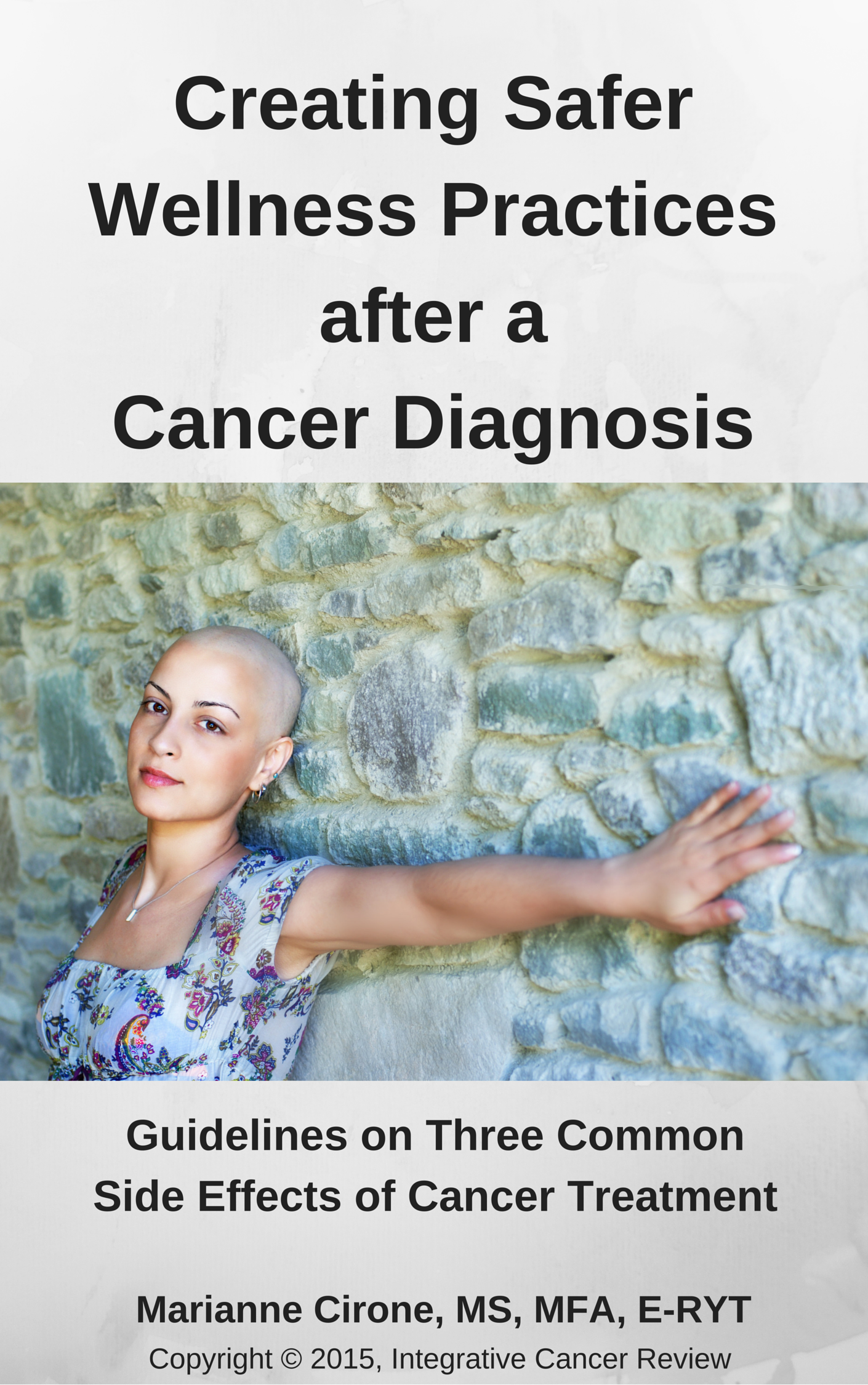The Impact of Cancer: Seven Important Trends to Consider
The impact of cancer is massive, both on individuals and on our society as a whole.
In order to understand the current and future impact, it’s important to be aware of seven important facts or trends:
The likelihood of a cancer diagnosis is substantial.
- The lifetime probability of a cancer diagnosis in the U.S. is 1 in 2 for men and 1 in 3 for women.
- In the U.S. alone, 1.6 million new cases of cancer diagnosed annually—that’s almost 5,000 people per day finding out that they have cancer.
- In the U.S., 1 in 4 deaths are due to cancer—it is the second cause of death, exceeded only by heart disease, with a half million deaths annually.
The incidence of cancer is increasing.
- Age-adjusted cancer incidence rates in the U.S. increased from 1975 to 2010, despite significantly falling rates for men since 1990 and for women remaining relatively flat for the past 20 years.
- Cancer incidence rates for women increased from 1975 to 2010.
The total number of people in the U.S. with a cancer history continues to grow.
- There are 14.5 million Americans alive (2014) with a history of cancer.
- By 2020, this number will increase by 30%, with over 18 million cancer survivors in the U.S, according to the National Cancer Institute.
- Despite declining cancer rates for some types of cancers, the growth of the aging population will contribute to the increase in the total number of cancer survivors, since cancer is primarily a disease of the older population.
- Worldwide, the International Agency for Research on Cancer predicts a global pandemic if cancer projections continue.
Increasingly, cancer is becoming a chronic condition.
- Cancer death rates in the United States have fallen since 1990.
- Overall, five-year survival rates for all types of cancer have increased from 49% in 1975 to 68% in 2009, largely due to earlier detection and advances in treatment. (However, survival varies greatly by type of cancer—with the best survival rates for prostate cancer and shortest for pancreatic).
Cancer is a very costly disease.
- Globally, cancer causes the greatest economic loss of any illness.
- The annual costs for medical expenditures alone, in the US, are projected to reach up to $173 billion in 2020, a 39% increase over 2010.
- The greatest increase in costs will be for the continuing care of breast and prostate cancer.
- Globally, as of 2010 cancer costs nearly a trillion dollars annually—just from premature death and disability, not including the medical and economic costs.
- People with cancer are 2.5 times more likely to declare bankruptcy than people without cancer, with the likelihood being even greater for younger patients.
- Nearly 4 in 10 people facing cancer report being concerned about the possibility of bankruptcy.
A single diagnosis touches many people.
- Every person who receives a cancer diagnosis touches the lives of many people. It is a family disease. If you know a family touched by cancer, you have seen the impact on the patient/survivor, family members, parents, children, caregivers, friends and co-workers.
- If, for each of the 14.5 million cancer survivors alive in the U.S. today, each diagnosis touches even five other lives—an extremely conservative estimate– it brings the number of people facing the stress of the cancer diagnosis and the ongoing concerns to 72 million.
Integrative cancer care multiplies the power of healing
- Research shows that integrative and complementary therapies (e.g., mind-body therapies, nutrition, and psychosocial support) can improve many quality of life issues for people affected by cancer.
- Integrative and complementary therapies often fill a need for whole person healing not currently provided through conventional medical treatments.
- Research continues to investigate linkages between integrative and complementary therapies and survival, with stronger studies developing.
- Relative to conventional medical treatments, many integrative and complementary therapies are safe and cost effective.
By promoting integrative cancer care strategies that are safe, effective and accessible to all people affected by cancer, we can help to empower people affected by cancer and reduce the impact of cancer’s economic cost.
More importantly, integrative cancer care can help to reduce the suffering cancer causes, due to the illness itself, as well as due to the many side effects of treatment.
Sources:
- American Cancer Society 2014 Cancer Facts
- Mariotto AB, Yabroff KR, Shao Y, Feuer EJ, and Brown ML. Projections of the Cost of Cancer Care in the United States: 2010-2020. Jan 19, 2011, JNCI, Vol. 103, No. 2.
- The Global Economic Cost of Cancer. Reported by American Cancer Society and Livestrong. 2010.
- American Association for Cancer Research: Cancer Progress Report: Cancer in 2014
- Cancer Support Community: Insight into Patient Access to Care in Cancer











